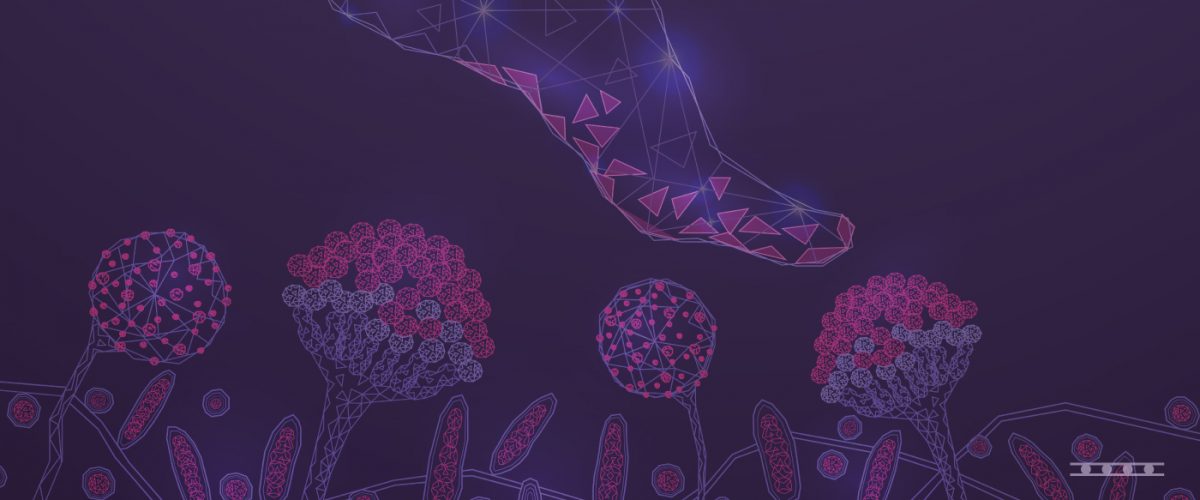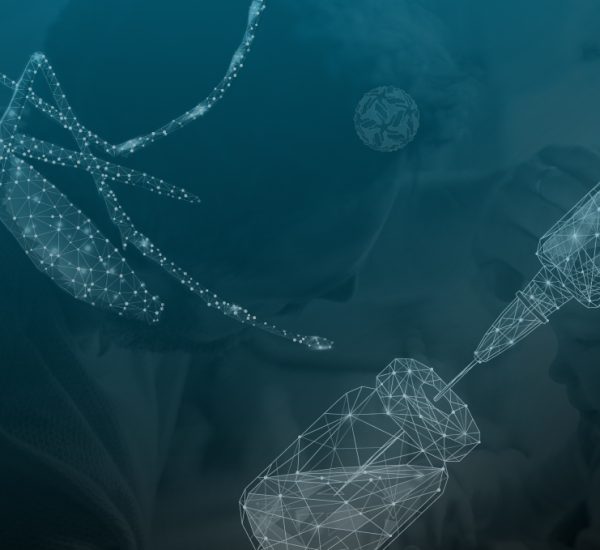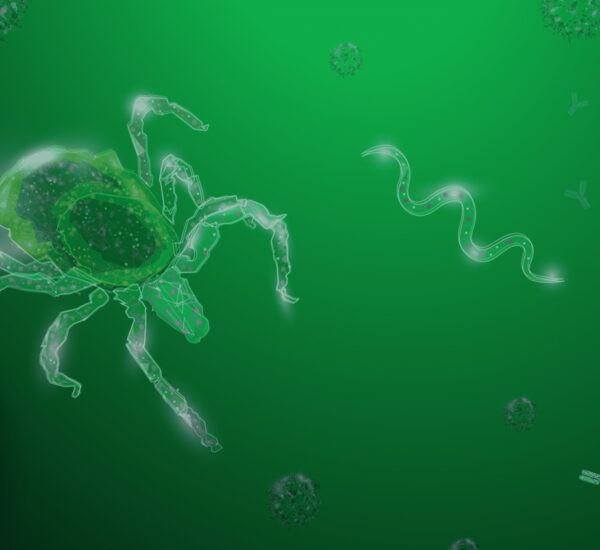When you hear about Athlete’s foot or toenail fungus, you probably do not imagine a serious infection. However, dermatomycoses, fungal infections affecting 20-25% of the world’s population,1 can progress to severe disease in elderly, diabetic, and immunocompromised patients. 2-4. Dermatomycosis refers to a fungal infection of the hair, skin, and nails which are caused by fungi called dermatophytes, in addition to molds and yeasts. Symptoms vary depending on the site of infection, type of fungus, and immune response of a patient, but frequently include rash, itchy skin, hair loss, or thickened nails.5 Patients with dermatomycosis often experience distress regarding their appearance, reduced confidence, and impaired quality of life. 6 In rare cases, invasive dermatomycosis can cause life-threatening disease in immunocompromised and elderly patients. Dermatomycosis is generally treatable with antifungal medication. However, improper treatment will not only fail to clear the infection and prevent further spread but may also contribute to the development of antifungal resistance.2 Importantly, healthcare providers must first understand the fungal species causing infection to prescribe the most effective treatment.
In this blog, we summarize the key points of our recent review article on “The need for fast and accurate detection of dermatomycosis” including how newer molecular methods can help close the “diagnostic gap” observed with traditional fungal diagnostics and allow for a rapid detection of dermatomycosis with increased accuracy.7
Conventional detection of dermatomycosis
Dermatomycosis is commonly identified with fungal culture or microscopy by testing a patient’s hair, skin, or nail.7 Fungal culturing is a laboratory technique that involves incubating the patient sample for an extended period of 4-6 weeks, allowing fungi to grow. The fungi are visually identified by their unique characteristics, including color, shape, and size. While culture allows the identification of fungal species, the long incubation time delays treatment for patients. Additionally, culture can lead to false negative results because some fungi do not grow in culture. Further, antifungal treatment can affect the results of culture, as described in our recent publication stating, “Cultural fungal detection fails… because of pretreatment with topical or systemic antimycotics.”7
Microscopy is an alternative method to fungal culture where a patient sample is visually inspected under a microscope. While this method is much faster than culture, it can only indicate if fungi are present but cannot provide species-level identification. As referenced in our recent review article, microscopy has a high false negative rate of 35%.8 Read our review article to learn more about microscopic methods of fungal detection.7
Fungal culture and microscopy are commonly used to detect dermatomycosis, but methodological limitations such as long incubation time, limited sensitivity, and inability to identify fungal species can prevent patients from receiving timely and proper treatment.
Molecular detection of dermatomycosis
Molecular methods for dermatomycosis detection include polymerase chain reaction (PCR), real-time PCR, DNA microarray, and next-generation sequencing. These techniques involve direct detection of genetic material and provide a faster, more accurate alternative to conventional dermatomycosis diagnostics. PCR is 20-30% more sensitive than culture and can detect dermatophytes that are difficult to culture.9 Importantly, molecular methods enable rapid identification of fungal species, which allows patients to receive treatment more readily. Further, species level identification allows for targeted treatment (see more below).
EUROArray Dermatomycosis
The EUROArray Dermatomycosis assay is a novel solution for detecting dermatomycosis, combining multiplex PCR with DNA microarray technology.10 The EUROArray Dermatomycosis assay provides detection of 50 dermatophytes, with 23 species-specific results in addition to six yeasts and molds. Additionally, the EUROArray Dermatomycosis assay can be performed in a matter of hours, provides improved sensitivity and specificity compared to conventional diagnostic methods, and can detect fungi that may be difficult to grow in culture. Our recent review article highlights an unpublished study comparing DNA microarray to traditional PAS staining (with microscopy). In this study, DNA microarray was found to increase the positivity rate from 57.32% to 71.95%.7
The ability of the EUROArray Dermatomycosis to provide species level information offers several benefits to patients. Over the counter and prescription treatments are not effective with all fungal species and can lead to worse symptoms and drug resistance. Therefore, determination of the specific species can minimize ineffective therapy and expensive medical costs. Treatment duration can also vary depending on the causative species. Finally, species-specific identification is important as it allows for the possible determination of the source of an infection. In our recent publication, we describe: “the detection of the fungal species T. mentagrophytes might point to a pet guinea pig as the possible carrier and cause of the infection. Subsequent treatment of both the pet guinea pig and human patient would minimize the risk of a recurrent infection.”7
Conclusion
Dermatomycosis is one of the most common fungal infections worldwide. Beyond just aesthetic consequences, the risk of severe dermatomycosis in immunocompromised people can be life-threatening. Traditional fungal diagnostics are limited and can take several weeks, delaying necessary treatment. However, molecular techniques, such as the EUROArray Dermatomycosis, can detect dermatomycosis pathogens quickly and allow for species-specific identification which is important to guide treatment.
For more information on the detection of dermatomycosis, check out our recent publication here.
References
- Bieber K, Harder M, Stander S, et al. DNA chip-based diagnosis of onychomycosis and tinea pedis. J Dtsch Dermatol Ges. 2022;20(8):1112-1121.
- Achterman RR, White TC. A foot in the door for dermatophyte research. PLoS Pathog. 2012;8(3):e1002564.
- Wang R, Huang C, Zhang Y, Li R. Invasive dermatophyte infection: A systematic review. Mycoses. 2021;64(4):340-348.
- Zhu A, Zembower T, Qi C. Molecular detection, not extended culture incubation, contributes to diagnosis of fungal infection. BMC Infect Dis. 2021;21(1):1159.
- Weitzman I, Summerbell RC. The dermatophytes. Clin Microbiol Rev. 1995;8(2):240-259.
- Gupta AK, Mays RR. The Impact of Onychomycosis on Quality of Life: A Systematic Review of the Available Literature. Skin Appendage Disord. 2018;4(4):208-216.
- Heckler I, Sabalza M, Bojmehrani A, Venkataraman I, Thompson C. The need for fast and accurate detection of dermatomycosis. Med Mycol. 2023;61(5).
- Petrucelli MF, Abreu MH, Cantelli BAM, et al. Epidemiology and Diagnostic Perspectives of Dermatophytoses. J Fungi (Basel). 2020;6(4).
- Kidd SE, Weldhagen G. Diagnosis of dermatophytes: from microscopy to direct PCR. Microbiology Australia. 2022;43(1):9-13.
- EUROIMMUN. Dermatomycosis.





